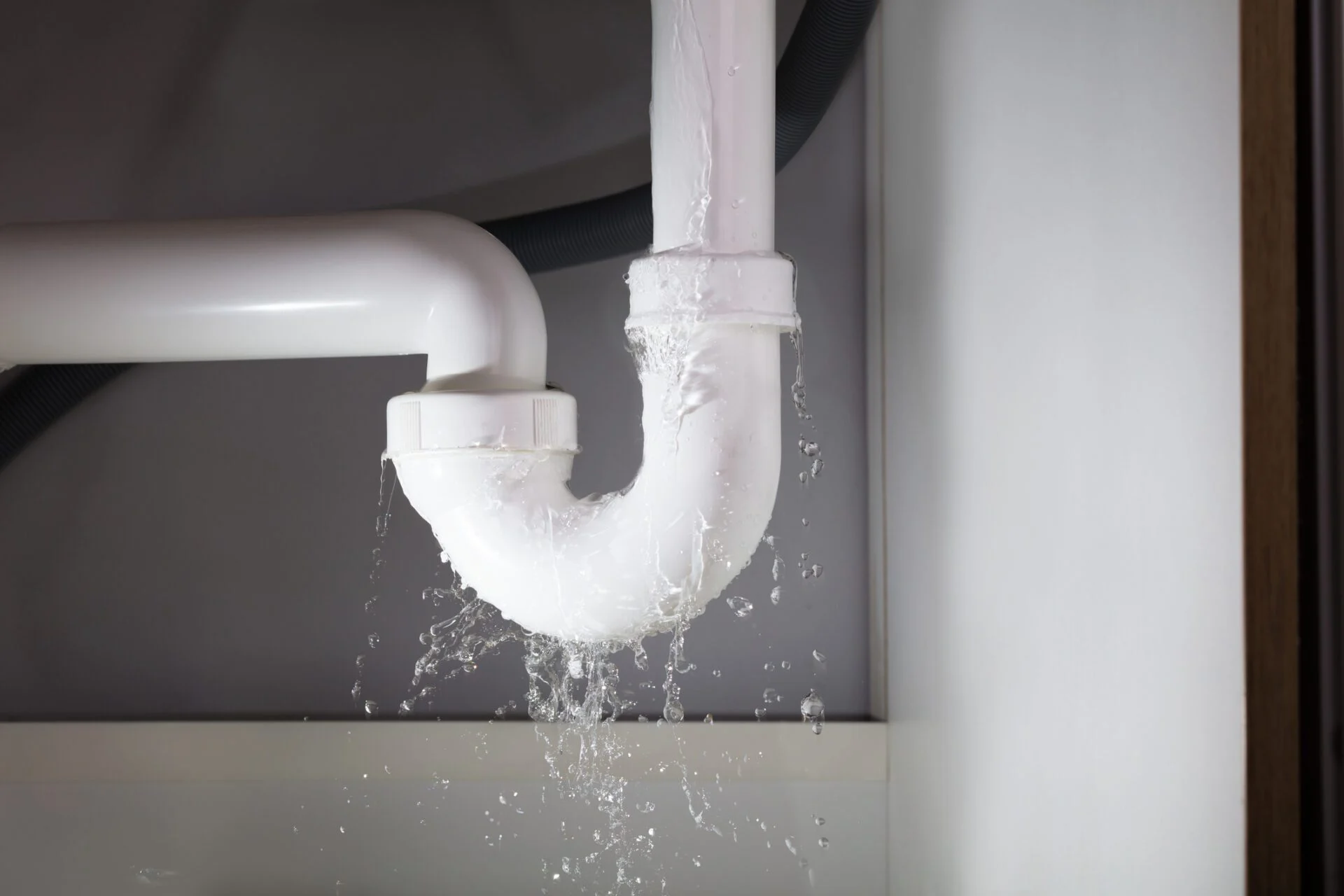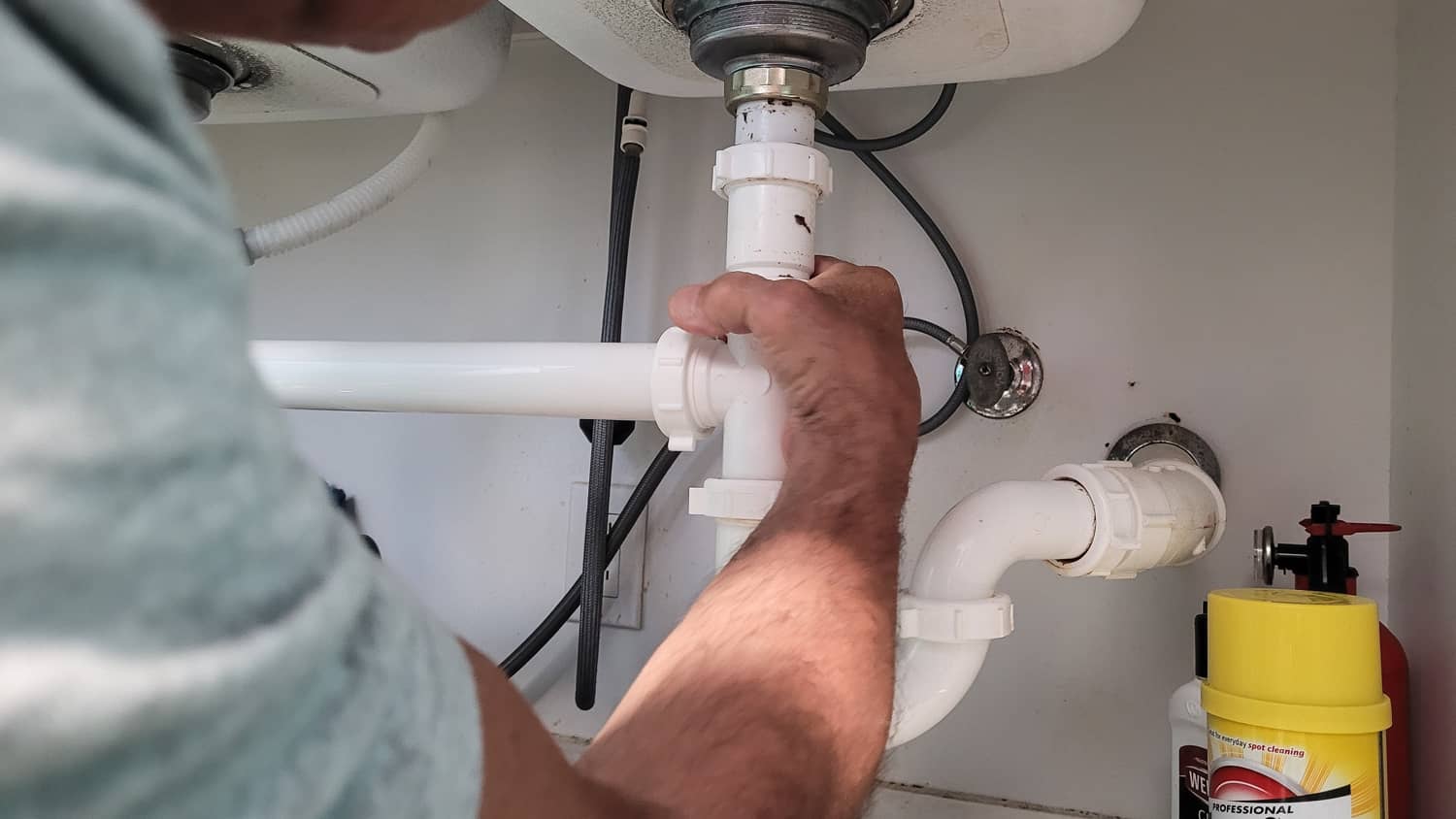Maintaining good indoor air quality is essential for a healthy living environment. With increasing awareness of the dangers of poor air quality, more homeowners are keen to understand how to test and improve the air they breathe indoors. In this article, we will explore various methods of testing indoor air quality, the importance of maintaining clean air, and some practical steps you can take to ensure the air inside your home is safe and healthy.

Why Indoor Air Quality Matters
Indoor air quality has a significant impact on our overall health and well-being. Poor air quality can lead to a range of health issues, including allergies, asthma, and other respiratory problems. It can also affect sleep quality, energy levels, and productivity. Understanding how to test indoor air quality is crucial for identifying potential hazards and taking corrective actions.

Common Indoor Air Pollutants
1. Volatile Organic Compounds (VOCs)
VOCs are chemicals found in many household products, including paints, varnishes, and cleaning supplies. They can cause headaches, dizziness, and long-term health effects.
2. Mold and Mildew
Mold and mildew thrive in damp environments and can trigger allergies and asthma attacks. It’s important to regularly inspect areas prone to moisture, such as bathrooms and basements.
3. Particulate Matter
Particulate matter includes dust, pollen, and pet dander, which can exacerbate respiratory issues and allergies.

Methods to Test Indoor Air Quality
1. DIY Test Kits
DIY test kits are a cost-effective way to test for specific pollutants. These kits can detect the presence of mold, VOCs, and other contaminants. Follow the instructions carefully to obtain accurate results.
2. Air Quality Monitors
Air quality monitors provide real-time data on the levels of various pollutants in your home. These devices can detect particulate matter, VOCs, and humidity levels, allowing you to take immediate action if necessary.
3. Professional Testing Services
Hiring a professional testing service can provide a more comprehensive analysis of your indoor air quality. These experts use advanced equipment to measure a wide range of pollutants and provide detailed reports with recommendations for improvement.
Improving Indoor Air Quality
1. Ventilation
Proper ventilation is key to maintaining good indoor air quality. Ensure your home has adequate airflow by opening windows, using exhaust fans, and installing air vents.
2. Air Purifiers
Air purifiers can help remove contaminants from the air, such as dust, pollen, and VOCs. Choose a purifier with a HEPA filter for the best results.
3. Houseplants
Certain houseplants, such as spider plants and peace lilies, can help improve indoor air quality by absorbing pollutants and releasing oxygen.
FAQs
1. How often should I test my indoor air quality?
It’s recommended to test your indoor air quality at least once a year or whenever you notice changes in air quality, such as unusual smells or increased allergy symptoms.
2. Can poor indoor air quality affect my sleep?
Yes, poor indoor air quality can affect your sleep by causing respiratory issues and discomfort. Ensuring clean air can lead to better sleep quality and overall health.
3. What are the signs of poor indoor air quality?
Common signs of poor indoor air quality include persistent odors, mold growth, increased allergies, and respiratory problems. If you experience these symptoms, it’s important to test and address the air quality in your home.
For more detailed information on improving air quality, you can read this Lung Association blog.
Additionally, check out Best Practices and Recycled Materials for sustainable living tips.
As an Amazon Associate, I earn from qualifying purchases.




